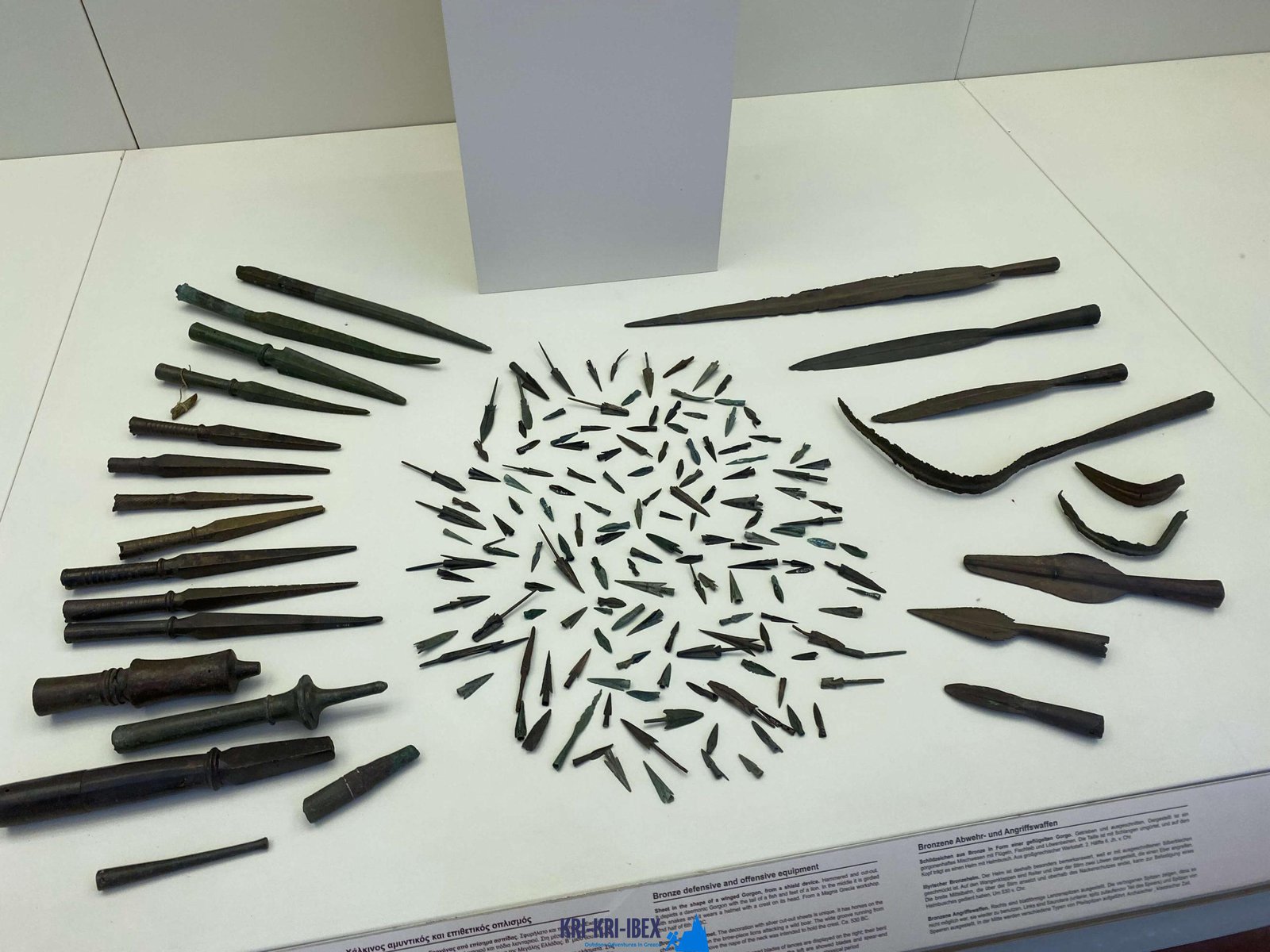Angling vacations to keep in mind for a life time in Greece

To many individuals, The Peloponnese peninsula on the Greek Mainland is the 'genuine' Greece, where points have actually not altered a lot in any way over the centuries despite the fact that lots of people have actually discovered it. If you are seeking an authentic Greek exterior experience, look no further than the Peloponnese! Here you can diving as well as hunting on unique islands as well as visiting at the same time.

Searching kri kri ibex in Greece is a hard undertaking for both abroad and neighborhood hunters. Hunting big video game in Greece is limited for overseas seekers. Swine and roe deer are the only alternatives for neighborhood hunters other than kri kri ibex, which may just be hunted in special searching territories such as certain islands. In Athens, we offer the opportunity to hunt this unbelievable beast on two different islands that are around 150 kilometers away and also 300 kilometers away, specifically. The Kri Kri Ibex and also mouflon might just be fired on special searching locations from early in the morning up until noontime, based on Greek legislation. You have to schedule a year in advance for a certificate. Only shotguns are permitted, and also only slugs might be used. Serious hunters are allowed on these journeys due to the fact that the Greek Ministry of Nature as well as Agriculture concerns only a certain variety of licenses every year.
Our outside searching, angling, and totally free diving scenic tours are the perfect way to see whatever that Peloponnese needs to use. These excursions are developed for tourists that intend to leave the beaten path and also actually experience all that this incredible region needs to use. You'll reach go searching in several of one of the most beautiful wilderness areas in Greece, fish in crystal-clear waters for a variety of different species, and free dive in some of the most stunning coastline in the Mediterranean. And most importantly, our seasoned guides will certainly be there with you every step of the way to ensure that you have a delightful and also secure experience.
Look no additionally than the Sapientza island in Greece if you are looking for Kri Kri ibex hunt and also memorable trip destination. With its stunning all-natural beauty, tasty food, and abundant society, you will certainly not be dissatisfied. Reserve one of our hunting and exploring Peloponnese Tours from Methoni today, dot neglect your trophy Kri Kri ibex!
What is the diference between Kri Kri ibex, Bezoar ibex and hybrid ibex
The kri-kri is not thought to be indigenous to Crete, most likely having been imported to the island during the time of the Minoan civilization. Nevertheless, it is found nowhere else and is therefore endemic to Crete. It was common throughout the Aegean but the peaks of the 8,000 ft (2,400 m) White Mountains of Western Crete are their last strongholds–particularly a series of almost vertical 3,000 ft (900 m) cliffs called ‘the Untrodden’—at the head of the Samaria Gorge. This mountain range, which hosts another 14 endemic animal species, is protected as a UNESCO Biosphere Reserve. In total, their range extends to the White Mountains, the Samaria National Forest and the islets of Dia, Thodorou, and Agii Pandes.
This Ibex is NOT a diminutive form of the Bezoar Ibex, which has migrated into the western-most reach of the range of this species. The kri – kri (Capra aegagrus cretica), sometimes called the Cretan goat, Agrimi, or Cretan Ibex, is a feral goat inhabiting the Eastern Mediterranean, previously considered a subspecies of wild goat. The kri-kri has a light brownish coat with a darker band around its neck. It has two horns that sweep back from the head. In the wild they are shy and avoid tourists, resting during the day. The animal can leap some distance or climb seemingly sheer cliffs.
“The agrimi goat Capra aegagrus cretica is unique to Crete and its offshore islands. It has been identi®ed as a sub-species of the wild bezoar goat Capra aegagrus aegagrus Erxleben, 1777, which it closely resembles in horn shape, body form and coloration. This classi®cation has been disputed by some researchers who claim that the agrimi are feral goats, derived from early domestic stock brought to the island by the ®rst Neolithic settlers. In order to clarify this issue, DNA analyses (cytochrome b and D loop sequences) were carried out on tissue of live and skeletonized agrimi and compared to sequences of wild and domestic caprines. Results conclusively show the agrimi to be a feral animal, that clades with domestic goats (Capra hircus) rather than with wild Asiatic bezoar. This study demonstrates that morphometric criteria do not necessarily re¯ect genetic af®nities, and that the taxonomic classi®cation of agrimi should be revised.”